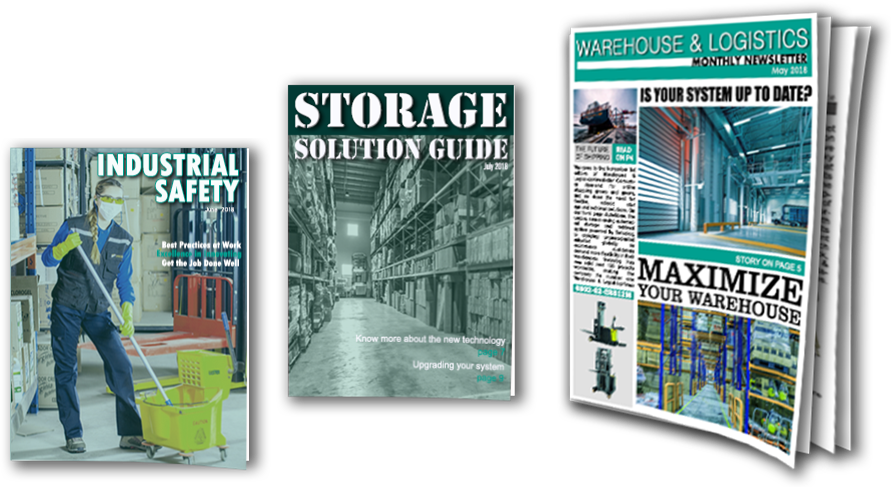Recent years have seen a significant increase in farm-to-fork initiatives. Many food manufacturers are now investing heavily in traceability to follow the journey of products, yet this largely focuses on tracking technology rather than physical movement. Here, Andy Owen, managing director of electric tug specialist MasterMover, .jpg) looks at the importance of efficient handling and logistics in the food and beverage industry.
looks at the importance of efficient handling and logistics in the food and beverage industry.
The number of food product recalls and ingredient scandals throughout Europe in recent years has made many consumers understandably cautious about what exactly they are eating. As a response to this newfound scepticism, traceability is becoming increasingly important in the food supply chain.
However, while many manufacturers now pay close attention to where each cut of meat or harvest of vegetables originated, less consideration is given to how it moves through the production line. As such, handling goods and moving equipment is an area where many companies can improve efficiency.
This is not necessarily the fault of food manufacturers. An essential step of the production process is chemical wash down, which is carried out to sterilise food products and remove bacteria. Spillage is a common by-product of wash down, which subsequently causes several issues for handling produce. This, combined with the restricted floor space of production facilities, poses a challenge for staff.
It goes without saying that wet surfaces as a result of chemical wash down pose a health and safety risk to staff tasked with manoeuvring products. Yet wetness also creates challenges in controlling the handling equipment, leading to reduced movement speed and a lower production rate.
This is particularly problematic for high volume production facilities that transport large quantities of smaller or granulated products in batches. Sugar, for example, is placed in large storage bins after granulation so that it can be transported to packaging areas. These bins weigh considerable amounts and better equipment is needed to move them.
However, in addition to food wash-down spillages, production facilities abide by stringent sanitary and hygiene standards. This means that any equipment used, even that used for handling and moving loads, will need to be washed down between uses to prevent the risk of cross-contamination. It is therefore critical that all equipment is ingress protection (IP) rated to be safe for use in wet environments and for wash down.
To address both of these issues, plant engineers and staff need to invest in food-safe electric tugs. For example, MasterMover’s range of MasterTug pedestrian tow tugs is IP44 rated as a minimum, which means that its enclosure is safe against moderate amounts of liquid. The range also has a load-bearing capacity of up to 60,000kg for some models, making it ideal for the industry.
There is a strong case for using electric tugs in food production facilities. Due to the size of the machinery, space is at a premium and equipment with a low footprint is ideal. Tugs not only have this, but also provide flexibility in terms of manoeuvring loads. This results in more efficient practices, which subsequently boosts productivity and return on investment.
As important as traceability is in the food sector, consideration must also be given to the efficiency of processes. By making small changes and investments in the right equipment, businesses can ensure that the journey from farm to fork is a timely and sanitary one.


